Press Release
May 30, 2008
Andrew Cheng Named Chief Scientist for APL Space Department
Dr. Andrew Cheng has been appointed chief scientist for the Space Department at The Johns Hopkins University Applied Physics Laboratory, Laurel, Md. He now serves as the department's external liaison for space science and will provide independent science advice and strategic vision to Lab and department leadership. He is also responsible for providing overall strategic direction and initiative to recruiting and investments in science capabilities.
Press Release
May 20, 2008
Storm Winds Blow in Jupiter's Little Red Spot
Using data from NASA's New Horizons spacecraft and two telescopes at Earth, an international team of scientists has found that one of the solar system's largest and newest storms — Jupiter's Little Red Spot — has some of the highest wind speeds ever detected on any planet.
Press Release
May 15, 2008
Conference to Grapple with Planet Definitions
Top scientists and educators will convene in Maryland this summer to explore a basic, but controversial, question: What is a planet?
Press Release
May 1, 2008
NASA Calls on APL to Send a Probe to the Sun
The Johns Hopkins University Applied Physics Laboratory is sending a spacecraft closer to the Sun than any probe has ever gone — and what it finds could revolutionize what we know about our star and the solar wind that influences everything in our solar system.

Press Release
Apr 28, 2008
Mercury Features Receive New Names
The International Astronomical Union (IAU) has approved new names for features on Mercury and agreed on a new theme for fossae on the planet. These newly christened features were discovered from images taken by the MESSENGER spacecraft during its first flyby of Mercury in January.

Press Release
Apr 21, 2008
New Online Map Reveals Evidence of the Forces that Once Shaped Mars
A new online map lets visitors explore Mars' past through a collection of high-resolution observations from one of the most powerful spectrometers ever sent to the Red Planet. Evidence of ancient bodies of water, flowing rivers and groundwater peeks out from beneath layers of hardened magma and dust—testaments to Mars' progression through wet, volcanic and dry eras.

Media Advisory
Apr 18, 2008
Media Advisory: Maryland Students to Celebrate Earth Day by Exploring Sun–Earth Connections at The Johns Hopkins Applied Physics Laboratory
More than 100 Maryland middle school students will explore "Sun–Earth Connections" on Earth Day, Tuesday, April 22, during the latest "Space Academy" at The Johns Hopkins University Applied Physics Laboratory (APL) in Laurel, Md.

Press Release
Apr 18, 2008
Design Begins on Twin Probes That Will Study the Radiation Belts
NASA will launch two identical probes into the radiation belts to provide unprecedented insight into the physical dynamics of near-Earth space, where violent space weather can affect astronauts, satellites and even ground-based technologies.

Press Release
Apr 17, 2008
Hopkins APL Aeronautical Engineer Receives Missile Defense Agency Pioneer Award
Alvin Eaton, a former Johns Hopkins University Applied Physics Laboratory (APL) associate director and current senior fellow working on special assignments for the Laboratory, was among a small group presented with the Missile Defense Agency's (MDA's)Technology Pioneer Award for contributions to ballistic missile defense.
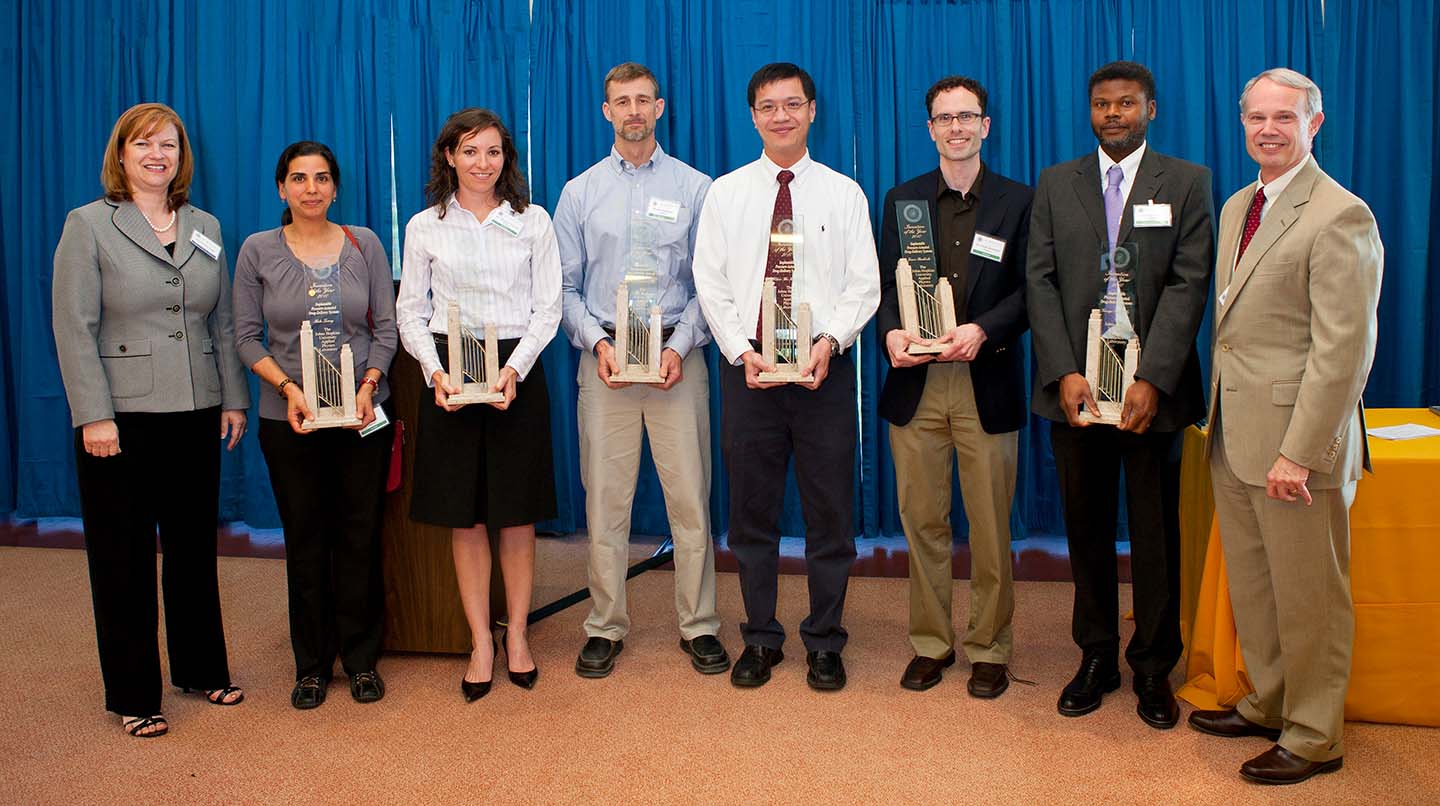
Press Release
Apr 16, 2008
Johns Hopkins APL Names Inventions of the Year
A system to scope out suspicious computer use, an epidemic-identification program, and super-thin batteries based on nanotubes are The Johns Hopkins University Applied Physics Laboratory's Inventions of the Year.